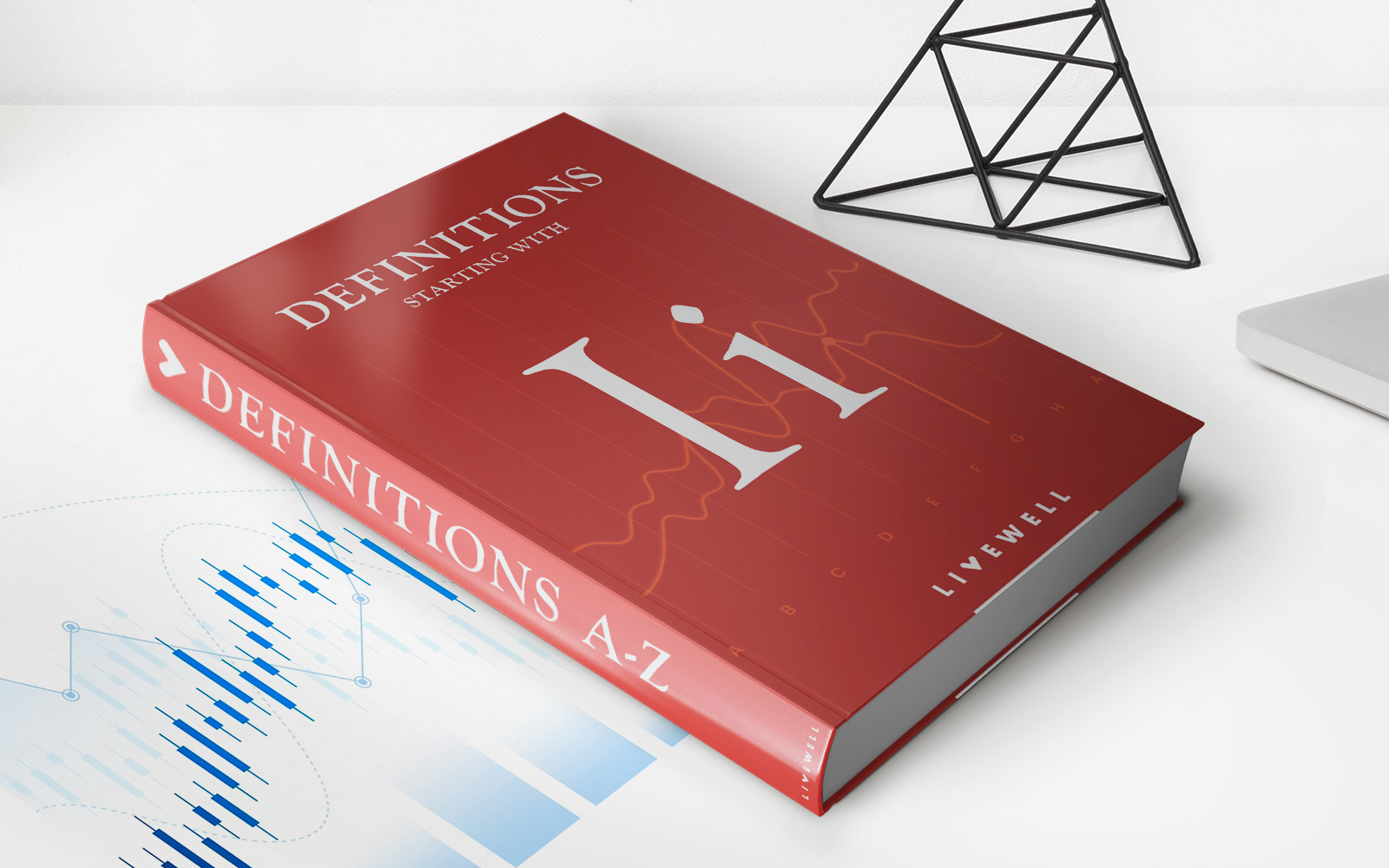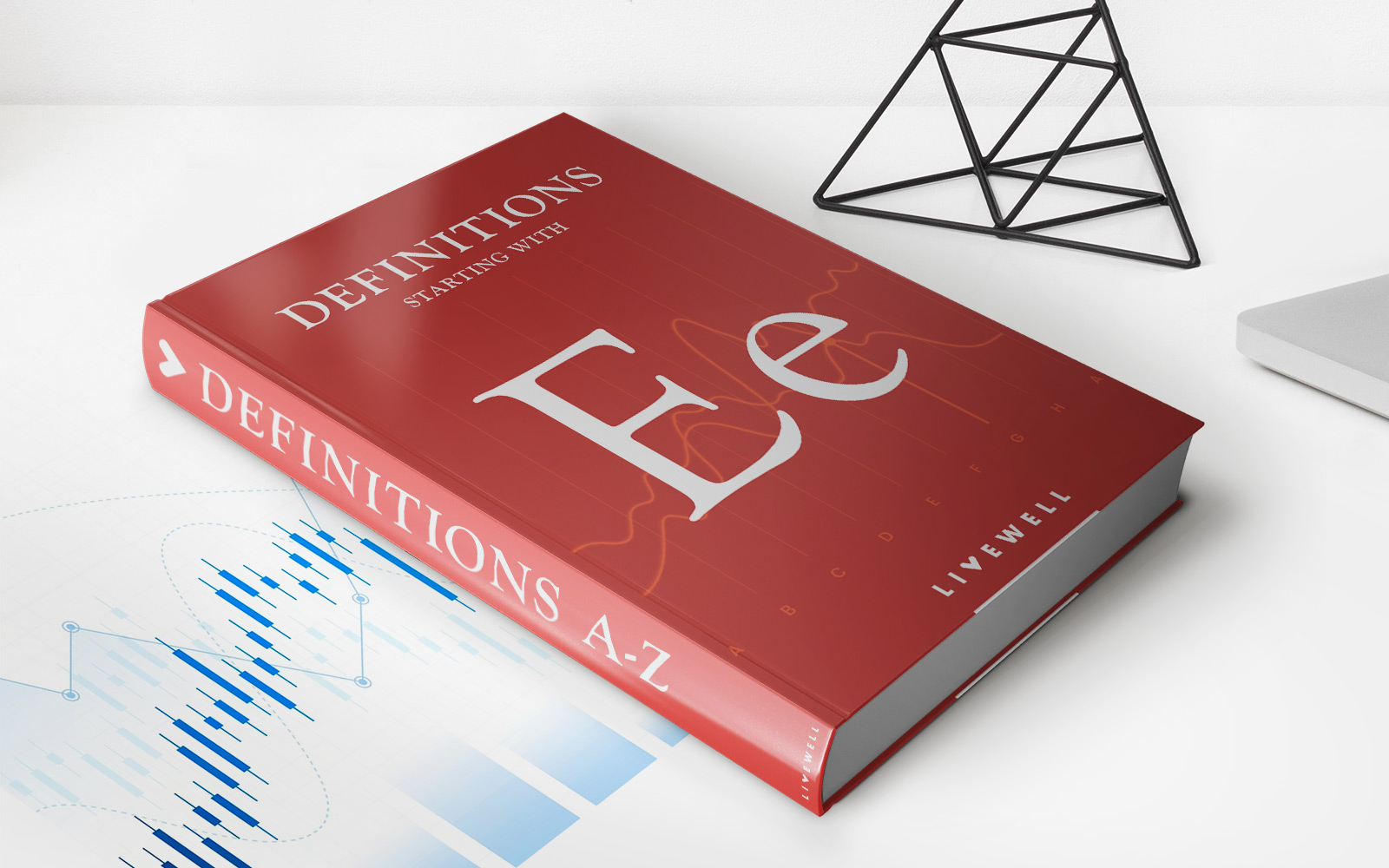Home>Finance>Inventory Financing: Definition, How It Works, Pros, And Cons


Finance
Inventory Financing: Definition, How It Works, Pros, And Cons
Published: December 12, 2023
Are you in need of inventory financing? Learn what it is, how it works, and discover the pros and cons of this financial solution. Enhance your business finance strategy with our comprehensive guide.
(Many of the links in this article redirect to a specific reviewed product. Your purchase of these products through affiliate links helps to generate commission for LiveWell, at no extra cost. Learn more)
Unlocking the Power of Inventory Financing: A Comprehensive Guide
Are you a business owner looking to expand your operations or manage cash flow more effectively? Look no further! In this blog post, we will delve into the world of inventory financing, providing you with a comprehensive understanding of its definition, how it works, as well as its pros and cons. By the end of this article, you’ll be equipped with the knowledge to harness the power of inventory financing for your business.
Key Takeaways:
- Inventory financing enables businesses to secure a loan using their inventory as collateral.
- It provides immediate access to capital, enhances cash flow, and allows for increased purchasing power.
What is Inventory Financing?
Simply put, inventory financing is a type of financing that allows businesses to use their existing inventory as collateral to secure a loan or line of credit. It is particularly beneficial for companies that rely heavily on inventory to generate revenue, such as retail stores, e-commerce businesses, and manufacturers.
How does Inventory Financing Work?
The process of inventory financing is relatively straightforward, involving the following steps:
- Application: The business owner applies for inventory financing with a lender, providing relevant financial information and details about their inventory.
- Inventory Evaluation: The lender evaluates the inventory to determine its value and liquidity. Factors considered may include market demand, quality of inventory, and potential obsolescence.
- Loan Approval: If the lender is satisfied with the evaluation, they approve the loan amount and establish the terms, including interest rates and repayment schedule.
- Funds Disbursement: Once approved, the lender disburses the funds to the business, providing immediate access to the capital necessary for growth or operational needs.
The Pros of Inventory Financing:
Inventory financing offers several advantages to businesses:
- Improved Cash Flow: By leveraging inventory as collateral, businesses can free up cash tied up in unsold inventory, providing a considerable boost to their cash flow.
- Increased Purchasing Power: With access to immediate capital, businesses can purchase larger quantities of inventory, negotiate volume discounts with suppliers, and take advantage of seasonal or limited-time opportunities.
- Flexibility: Inventory financing can be tailored to suit a company’s specific needs. For instance, businesses can choose between a revolving line of credit or a one-time loan.
The Cons of Inventory Financing:
While inventory financing offers numerous benefits, it is essential to consider the potential drawbacks:
- Cost: The interest rates for inventory financing can be higher compared to traditional loans. Businesses must carefully evaluate the cost implications and ensure the benefits outweigh the expenses.
- Risk of Inventory Depreciation: In case the inventory loses value or becomes obsolete, the lender may demand immediate repayment. Companies must regularly monitor and manage their inventory to mitigate this risk.
- Eligibility Requirements: Some lenders may have stringent eligibility criteria, making inventory financing inaccessible for certain businesses. This sensitivity emphasizes the importance of selecting the right lender.
Inventory financing can be a game-changer for businesses seeking to optimize their operations and drive growth. By leveraging existing inventory as collateral, businesses can secure the capital they need, improve cash flow, and seize strategic opportunities. However, it’s crucial to carefully weigh the pros and cons of inventory financing and consult with financial experts to make an informed decision that aligns with your business goals. With a well-thought-out inventory financing strategy, you can propel your business towards greater success and profitability!














